
The professor of health science at the Medical University of South Carolina discussed robust results from the phase 3 ADMET 2 study evaluating methylphenidate to treat apathy in Alzheimer disease.

The professor of health science at the Medical University of South Carolina discussed robust results from the phase 3 ADMET 2 study evaluating methylphenidate to treat apathy in Alzheimer disease.

Adverse reactions were consistent with the known side effect profile of sodium oxybate and were generally mild or moderate in new data from the REST-ON trial (NCT02720744).

Lumosa Therapeutics announced that phase 2b of LT3001 met its primary safety end point, with data indicating its potential for clinical benefit.

The director of the Sean M. Healey & AMG Center for ALS outlined the trial, which will evaluate ideal dose level and frequency of the investigational treatment for patients with C9-ALS and C9-FTD.

The investigational agent NOE-105 has previously been found safe for treating adults with Tourette syndrome at 30-mg daily doses.

The assistant professor of neurology at Harvard Medical School discussed related areas of research regarding cranial neuralgias and the optimal time to proceed with surgery.

Investigators obtained a molecular diagnostic yield of 39% in 66 sequential, unselected individuals with diverse presentations of rare neurogenetic disorders when using a model that integrates additional assays.
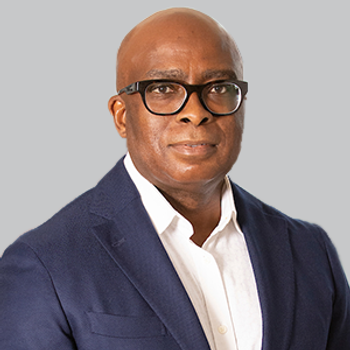
In addition to the uplifted phase 1 study, Novartis also initiated the phase 3 STEER study, which will evaluate OAV-101 in treatment-naive patients with SMA type 2 aged between 2 and 18 years old.
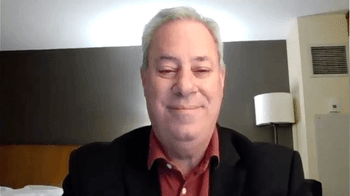
The executive director of Banner Alzheimer’s Institute discussed the approval of aducanumab and the potential to address unmet needs and gaps in care for patients with Alzheimer disease.

A lateralization effect was observed for patients with left temporal lobe epilepsy, as their BrainAGE values more closely resembled control group values following surgery.

Developed by Wave Life Sciences, the trial of the investigational treatment, WVE-004, seeks to identify ideal dose level and frequency in patients with C9orf72-associated amyotrophic lateral sclerosis and FTD.

The approval of aducanumab and other advancements in Alzheimer disease diagnosis remain at the forefront of discussion; Eric Reiman, MD, spoke on the state of diagnosis and those ongoing conversations.

Here's what is coming soon to NeurologyLive.

Mike Detke, MD, PhD, chief medical officer, Cortexyme, provided context on atuzaginstat’s high ceiling in Alzheimer disease, its regulatory path, and its unique dental substudy.

The direct transfer protocol had greater decreases in the median door-to-arterial puncture time and door-to-reperfusion time in comparison to conventional workflow in acute ischemic stroke care.

The executive director of Banner Alzheimer’s Institute discussed the future of blood tests as a biomarker that may help in addressing current challenges, including drug development.

The professor of brain science and director of the Chambers-Grundy Center for Transformative Neuroscience at UNLV spoke to the recently published HARMONY phase 3 study data.

Jianbin Tang, data scientist and research leader from IBM Research Australia, and colleagues spoke on findings from their recent study and plans for a newly developed artificial intelligence-based model.
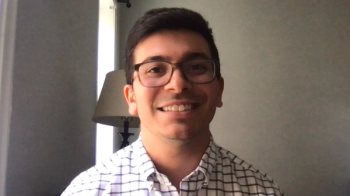
Neurology News Network for the week ending August 7, 2021.

Take 5 minutes to catch up on NeurologyLive's highlights from the week ending August 6, 2021.
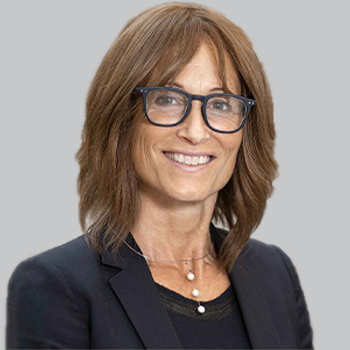
Branded as Nexviazyme, Sanofi’s enzyme replacement therapy demonstrated key improvements in measures of disease burden while maintaining its known safety profile.

The executive director of Banner Alzheimer’s Institute commented on ongoing research into amyloid plaque-reducing antibody therapies, the approval of aducanumab, and other initiatives with the ability to impact the treatment of Alzheimer disease.

There was no evidence of increased risk of suicidal ideation or attempt overall or for any individual antiseizure medication in a meta-analysis of 5 newer ASMs.

The assistant professor at Cleveland Clinic provided thoughts on the barriers clinicians face when formulating and conducting Alzheimer disease clinical trials with repurposed drugs.

Homeostatic equilibrium was achieved with CNM-Au8 across essential energetic metabolites, including adenosine triphosphate, intracellular phosphorous, phosphocholine, and phosphorylation potential index.

The phase 3 trial of pimavanserin in dementia-related psychosis, HARMONY, was previous halted due to positive efficacy signs at interim analysis. The drug is currently indicated for use in treating Parkinson disease-related psychosis.
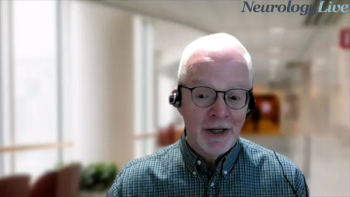
The professor of neurology at the Mayo Clinic College of Medicine discussed the need for evaluating infection risk of disease-modifying therapies amid a growing MS treatment landscape.
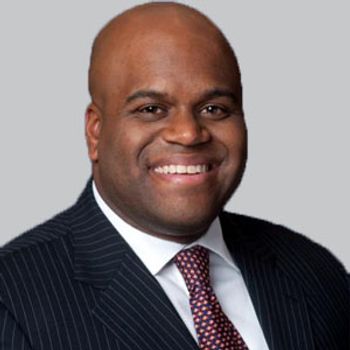
LX1004 and APB-102 are currently in the early phases of research to treat CLN2 Batten disease and SOD1 amyotrophic lateral sclerosis, respectively.

The executive director of Banner Alzheimer’s Institute discussed the current state of AD trials, as well as his perspective on ongoing efforts to establish prevention therapies.
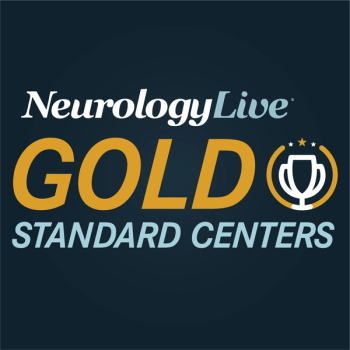
Led by a team of top talents, NYU Langone’s Comprehensive Epilepsy Center’s contributions to drug development and improving the quality of life for patients stand among the field's most important.